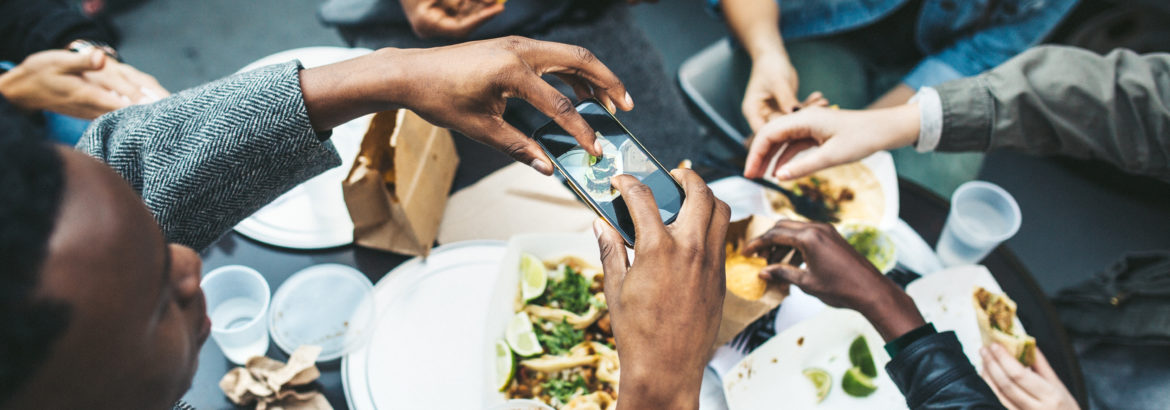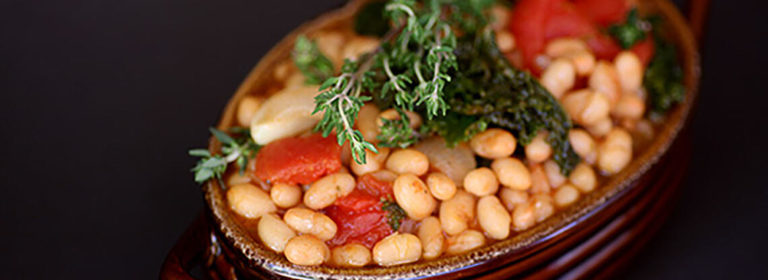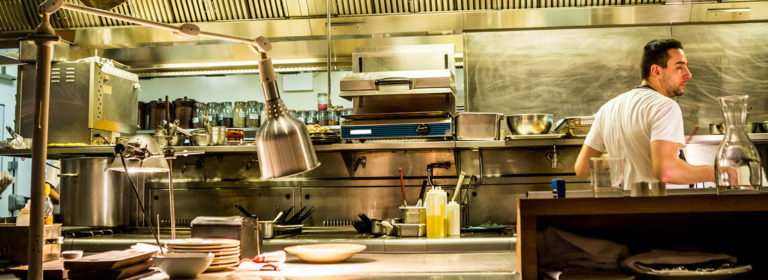After several years of ordering the comforting, well-known dishes that dominated trends during the pandemic, patrons are ready to experiment with exciting flavors. Innovation is back.
Today’s restaurant buying power lies largely in the hands of Gen Z, the largest, most culturally diverse, and digitally connected demographic, and these customers want to feel a relationship to the places they patronize. Creating authentic experiences for your diners encourages loyalty in the forms of return visits, word of mouth, and social media sharing.
- Post-pandemic get-togethers are more meaningful than ever. Go one step further by serving beautiful, craveable, intentional food and drinks that showcase your brand’s story and social stance, while instilling positive emotions. Help your customers feel invested in your success.
- In this increasingly virtual world, food is one of the last visceral experiences, giving operators the opportunity to interact with customers on a deeper level. Bold flavors, strong visual presentations, and hyper-focused service contribute to Gen Z’s (and the maturing Gen Alpha’s) satisfaction.
- Quality, price, and service are the baselines. Tailor the dining experience to create peak moments that will be remembered, whether it’s in-house or delivery.




